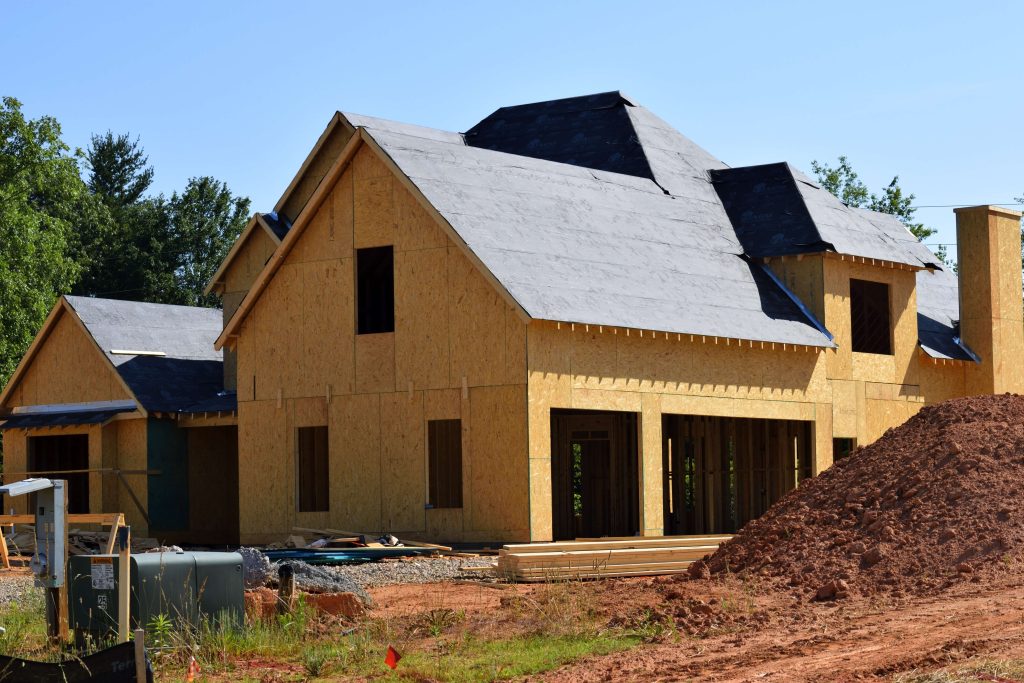Permits for Modular Homes in Australia
Nowadays, modular homes are a great option for those looking to buy a house in Australia. They’re usually cheaper than traditional site built home, and they can be built in as little as four weeks!
However, you might not know that modular homes in Australia comes with their own set of permits that must be acquired before construction begins. In this blog post, we’ll go over what you need to do to obtain the appropriate building permits for your modular home!
Building a Home in Australia
There are a few different options for constructing a new home in Australia. The most popular choice is to purchase an existing single or double-story house and renovate it. Unfortunately, the construction can take as much as six months from start to finish. In addition, you need to have the correct permits to renovate a property at all! If you want a house that will last longer than 20 years and be more energy-efficient, then modular homes might be your best bet.

Permits for Prefab Modular Homes in Australia
Many people wonder if they need to secure a permit for their relocatable home or modular homes in Australia. The answer is yes, and the approval you need would depend on what type of property you are building. Building permits and planning approvals that your modular home might be subjected to are necessary to assure that the structure is safe and appropriate for occupancy.
If your modular home is being built as an extension or an existing house, you do not need a permit. However, if it will be constructed on vacant land, you will need one. For granny flats, council approval is also not necessarily required. There’s no standard answer when it comes to granny flats because it would depend on the State.
Every State and council in Australia has its own regulations. It will take you forever just to know all the rules per State. The good thing now is that many councils are becoming relaxed regarding granny flats’ regulations and planning permit. Therefore, it’s highly suggested to contact your local council for all the information you will need to install a granny flat.
Generally, permits for modular homes in Australia might seem like a complicated process. There are plenty of state, local, and federal regulations that govern the construction of a home. If you’re considering building your own house from scratch, there is a lot to consider before starting the project.
Permit for Relocatable Homes, Transportable Houses, Portable Buildings, and Granny Flats
A permit is not necessary all the time to install a relocatable, transportable, or portable building in Australia. However, suppose the building is going to be used as a residence. In that case, you will need to apply for a Building Development Approval (BDA) from your local council. The application process for a BDA can be lengthy and complex, so it’s best to start early.
Some councils will allow you to use a portable building as an office, studio, or workshop without the need for an occupancy permit. Still, other councils may require that you apply for a different type of approval. It all depends on your local council’s zoning regulations.
Permits for Relocatable Home
You will need a permit from Section 8 of the Local Government Act to build your relocatable home on land, not on a caravan park or manufactured home estate. To secure a permit under Section 68, you would need to submit in your application the specifications based on clause 79 of the Local Government Regulation 2005. Once you secure the approval, you must adhere to the Regulation’s Division 4, Part 3.
Second, you will also need to check Environmental Planning and Assessment Act 1979. The permit under this Act is required in building your home on land that falls under the provisions of a Special Environmental Planning Policy (SEPP) for manufactured homes.
Permit for Transportable Houses, Portable Buildings, and Granny Flats
In terms of the Council Permit for portable buildings, granny flats, and transportable homes, it’s a different case. Council Approval is not required at all times as it may depend on the size and the type of home.
These homes are considered manufactured buildings, which are constructed in a factory. If these homes reach a specific size, they need a Section 68 permit and a Development Application from your local.
The building permits for granny flats, portable buildings, and manufactured homes are under the Building Code of Australia. This building standard is the similar standard for brick and mortar sites. The difference between brick and mortar sites and these homes is that brick and mortar buildings require Construction Certificates and Basix, which can be expensive. Granny flats, portable buildings, and manufactured homes do not need these permits and certifications.
While you can still construct a granny flat without securing a local council approval, it’s highly recommended to conduct a site investigation and final inspection. This ensures that your granny flat complies with the building guidelines. And while local council approval is not needed, granny flats still need approval by accomplishing Complying Development Certificate (CDC) from a private certifier or a Development Approval (DA) from your local council.
Complying Development Certificate has stricter regulations. Either way, obtaining either a DA or CDC is necessary to avoid facing issues in selling your home or any problems in insurance claims.
Note that your local council will evaluate your application for building a granny flat or portable building under these regulations:
- Local Government Act 1993 – to install a manufactured or transportable home.
- Environmental Planning and Assessment (EP&A) Act 1979 – to build a moveable or manufactured house.
- Local Government (General) Regulation 2005 – to construct a portable, manufactured, or associated dwelling on the land.
Last Tips on Your Building Permit Application
Now that you’re well informed of the permits and regulations for prefabricated modular homes, here’s our last-minute tips you can take note of:
- Inform your local council that you are applying to install a prefab modular home as a granny flat or whatever purpose is needed. Advise your local council that the house is constructed off site, transported to you, and installed onsite.
- Comply with the wall height and structural designs referred from the Building Code of Australia.
- Check if your modular building will require a Development Application, and secure this requirement as deemed necessary.
- You can coordinate with your Local Council for any inquiries, concerns and know the permit requirements you need to submit. It’s always better to ask ahead of time rather than make mistakes when it’s too late. Ensure that you know the permit process based on your local council before submitting your application.
- Prepare all the necessary papers you can think of if the local council asks to provide supporting documentation.

Conclusion
Modular homes are a popular way of getting a home in Australia without spending much money. However, many people don’t know that you need to get your permits first! This blog is a general guide for the different permits you may need when installing a prefabricated modular home.
Building a prefabricated modular home starts with determining what size and shape will work best on the land available for the building site. The next step is to work with their architect to ensure everything fits nicely before ordering any materials. As for the permit, regulations differ from state to state, therefore check with your local council for more specific information.



